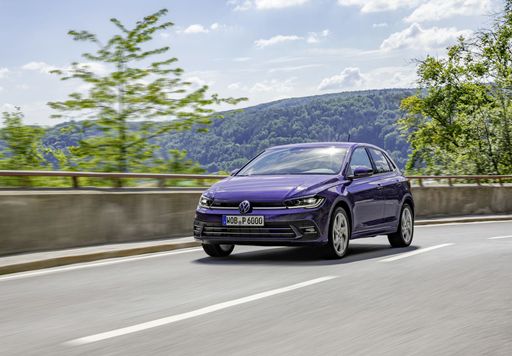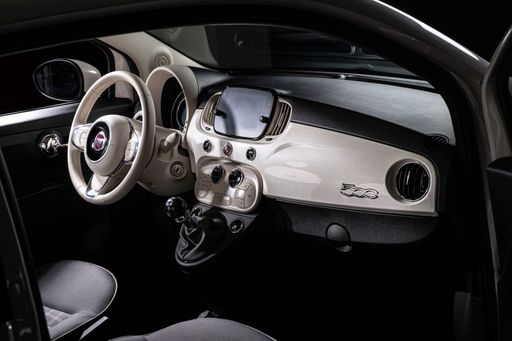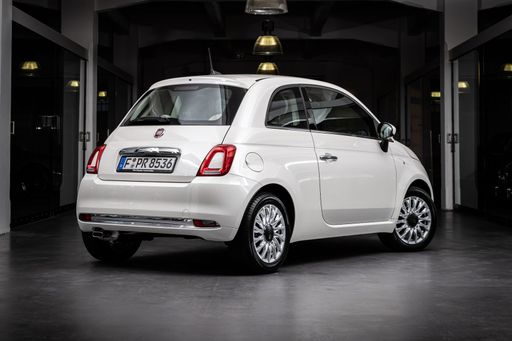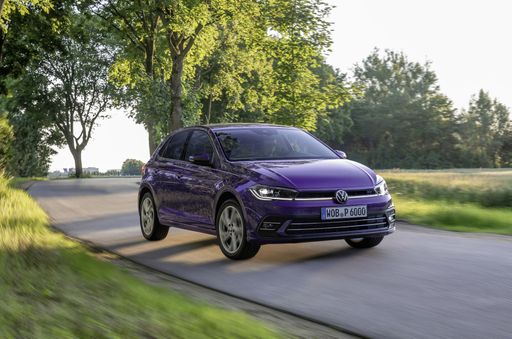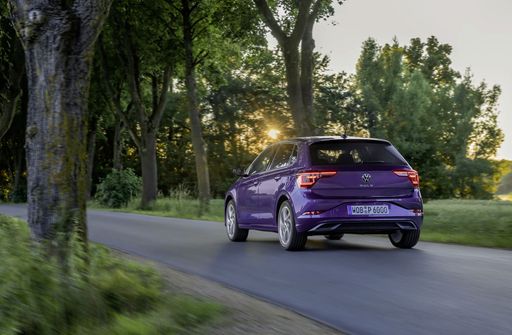A Modern Classic Clash: Fiat 500 vs. VW Polo
In the realm of compact cars, two iconic names come to mind: the Fiat 500 and the VW Polo. While both are hatchbacks adored for their urban-friendly size and style, they offer distinct characteristics that cater to different drivers’ needs. Let’s delve into the fascinating world of these compact cars as we compare their technical aspects and innovations.

